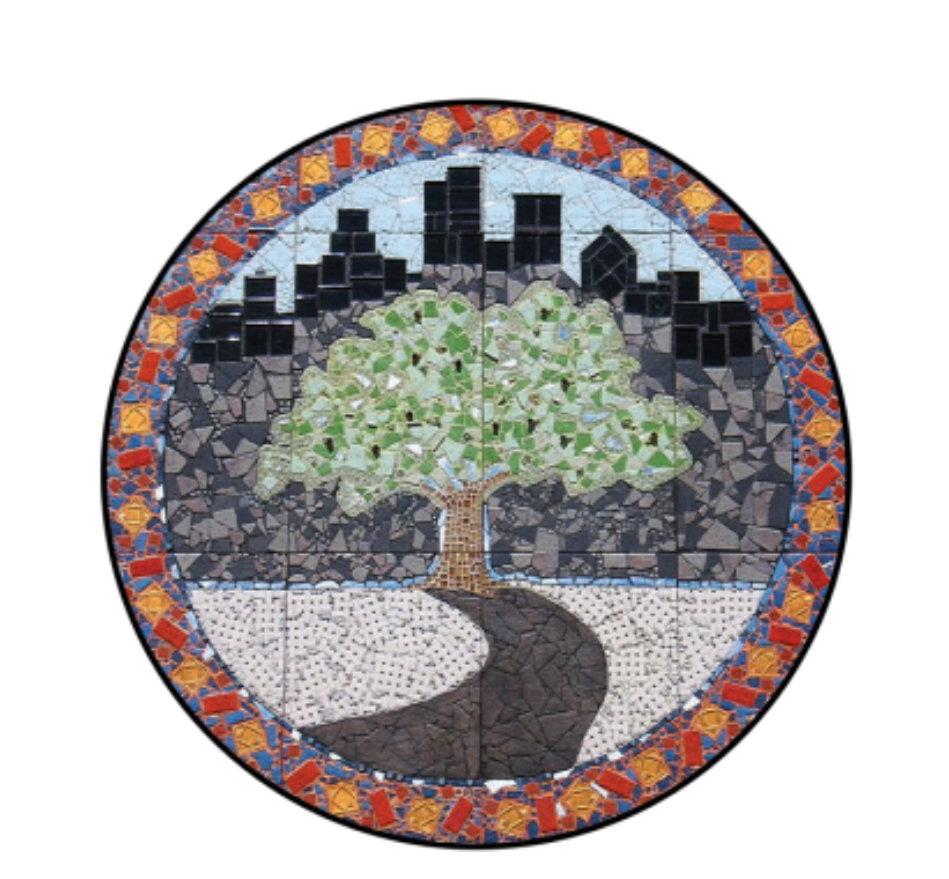We're All a Little Different
I can’t help but think back to being a tiny child and hearing all kinds of stories. I remember being told that everyone is different, and that was a good thing. Later on in my teaching career, I began to think that that idea was just lip service. The world didn’t want different. “Different” meant chaos. “Different” couldn’t be standardized. I came to see that MY world, the world of education, didn’t like “different,” but the REAL world, the one where things ebb and flow, that was where “different” was king. But different from what? If we are all a little different, is there really a “normal” to compare to?
As teachers-in-training, we learn to plan for student deficits. Where are the gaps? What don’t they know? Where are the weaknesses? We are taught to locate where students aren’t fitting into our system and push and prod them until they do. This model is exhausting and ineffective for so many individuals. It’s an impossible task for both teachers and students. How can you think the way we ask you to if your brain just doesn’t think that way? How are so many successful people bad at school?
Last year, I began working to understand Universal Design for Learning with a consultant from Kennedy Krieger, Lisa Carey. UDL is a way of thinking about teaching and learning. It provides teachers with the idea that, if given an access point, all students can engage with the material. The framework originated in architecture and the idea that if a building is built with stairs, it must be retrofitted with an accessibility ramp. If the architect had started with the ramp to begin with, the building would be accessible to all without retrofitting. Planful accessibility.
Lisa helped me explore ways to make everything accessible. What if, during planning, we looked for barriers to learning? We explored ways that my lessons, classroom, and material could be made available to all. With many access points, engaging material, and various ways to represent learning, all of my students could be successful. Students could share their understanding through strength-based performances like sketching or painting. Proof of learning is proof of learning. We don’t all access material the same way and we don’t all prove learning in the same way.
This study of UDL required a certain understanding of supports. The term “support” has historically represented any accommodation given to a student with an IEP, 504, or Behavior Plan. Students have plans to gain access to graphic organizers or timers or speech-to-text. Exploring UDL challenged my unconscious belief that these systems could only be given to students who were qualified to have them. Why not give everyone the option to use a graphic organizer? Why can’t everyone have a timer if it helps them? All adults have access to alarms, even if they naturally wake up early.
This idea really hit home when I sat down in front of my own television. For as long as I can remember, my husband has had the closed captioning on in our home. He initially put it on because watching television and eating noisy snacks was causing him to miss out on important plot points. I am a person who has difficulty hearing, and realized that this support was intended for someone who was deaf or hearing impaired. My husband, who hears perfectly well, and I were benefiting from a support unintended for us. It is a support that has saved me from having to ask what that person just said or what happened. Let’s face it, a support that saved a marriage!
My colleague, Kim Spears, and I presented with Lisa Carey at the CAST (Center for Applied Special Technology) conference last summer. This conference is focused on all aspects of UDL. As the conference wrapped up, Kim and I found ourselves lying on the floor in the hallway of a building on Harvard’s Law campus musing about our recent realizations. What if there is no “different”? What if it’s all about variability. If I recognize the variability in you, like your preference for digital note-taking, can you recognize the variability in me, like my need to take dramatically colorful and artistic styled notes? If so, can we recognize it in our students? Can we let the student who has deep scientific knowledge prove it through scientific drawings and dictated speeches if their spelling skills are not yet solidified? Can we offer varied reading levels of the same topic so the student who doesn’t yet read on grade level can still participate in the conversations? I think we need to. The world can’t handle anymore “same” or “different”. The world is ready for a little variability.
Written by: Tracy Pendred, 4/5 Math & Science Teacher, City Neighbors Charter School

